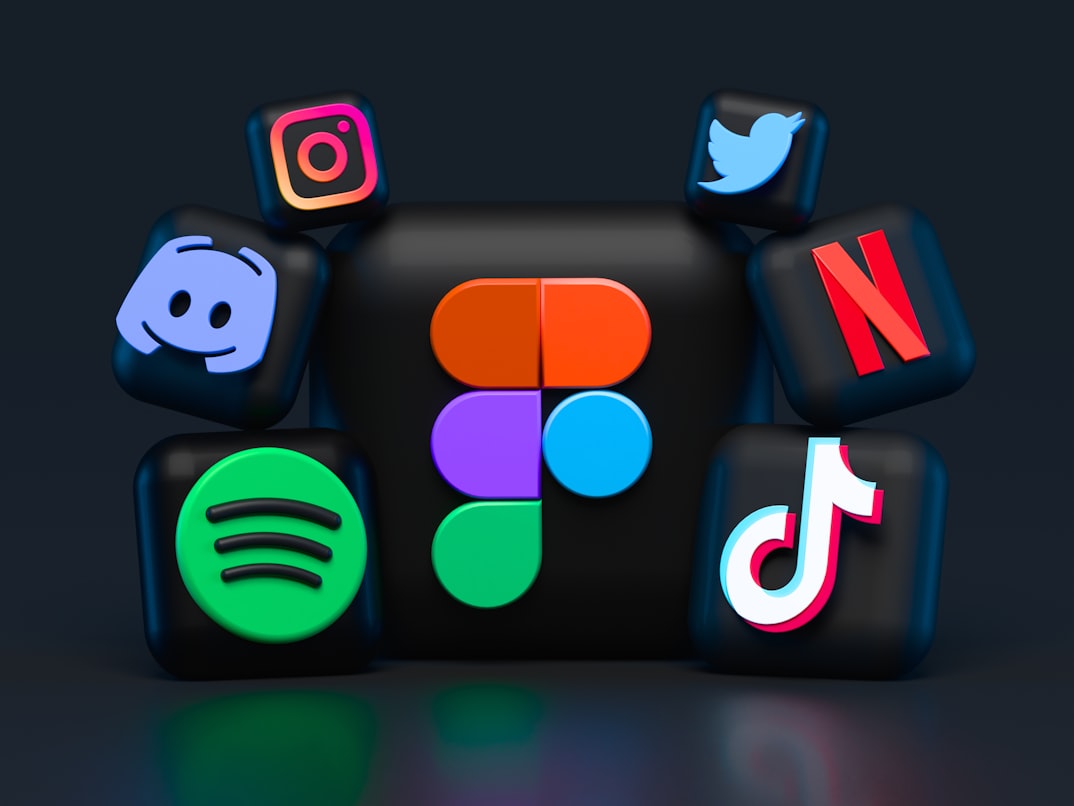📚 Table of Contents
- ✅ Introduction
- ✅ YouTube Partner Program (YPP) Requirements in 2025
- ✅ Maximizing Ad Revenue: Advanced Strategies
- ✅ Memberships & Super Chats: Engaging Your Audience
- ✅ Affiliate Marketing & Sponsored Content
- ✅ Selling Merchandise & Digital Products
- ✅ Alternative Monetization Platforms
- ✅ Leveraging Analytics for Growth
- ✅ Conclusion
Introduction
Are you ready to turn your YouTube passion into a sustainable income stream in 2025? With over 2.7 billion monthly active users, YouTube remains one of the most lucrative platforms for content creators. However, the rules of monetization are constantly evolving, and staying ahead requires a deep understanding of the latest strategies, policies, and revenue streams. Whether you’re a beginner or an established creator, this guide will walk you through every aspect of YouTube channel monetization, from ad revenue optimization to alternative income sources like memberships, affiliate marketing, and digital products.
YouTube Partner Program (YPP) Requirements in 2025
To monetize your YouTube channel through ads, you must first qualify for the YouTube Partner Program (YPP). In 2025, the eligibility criteria have seen slight adjustments to ensure quality content and engagement. Here’s what you need:
- 1,000 Subscribers: A minimum threshold to demonstrate audience interest.
- 4,000 Valid Public Watch Hours in the Last 12 Months: This ensures your content is consistently engaging.
- Adherence to Community Guidelines: No copyright strikes or policy violations.
- Two-Step Verification: Enhanced security for monetized accounts.
- Linked AdSense Account: Required for revenue payouts.
Additionally, YouTube now prioritizes channels with high audience retention and low clickbait tendencies. Focus on creating valuable, long-form content (10+ minutes) to maximize watch time and improve your chances of approval.
Maximizing Ad Revenue: Advanced Strategies
Once accepted into YPP, optimizing ad revenue becomes crucial. Here’s how to maximize earnings:
- Mid-Roll Ads: For videos longer than 8 minutes, strategically place mid-roll ads (3-4 per video) without disrupting viewer experience.
- High-CPM Niches: Finance, tech, and business content typically yield higher CPMs (Cost Per Mille) compared to entertainment.
- Seasonal Content: Plan videos around high-ad-spend periods like holidays (Q4) when advertisers pay premium rates.
- Engagement Loops: Encourage likes, comments, and shares—these signals boost your video’s ranking and ad visibility.
Example: A tech review channel averaging 100,000 views per video with a $10 CPM could earn $1,000 per upload solely from ads.
Memberships & Super Chats: Engaging Your Audience
Beyond ads, YouTube offers direct monetization tools like Memberships and Super Chats:
- Channel Memberships: Fans pay a monthly fee ($4.99–$99.99) for exclusive perks like badges, emojis, and members-only content.
- Super Chats & Stickers: During live streams, viewers can pay to highlight their messages, creating real-time interaction and revenue.
Case Study: A gaming creator with 50,000 subscribers launched a $4.99/month membership, attracting 500 members—generating an extra $2,495 monthly.
Affiliate Marketing & Sponsored Content
Brand collaborations and affiliate links provide lucrative opportunities:
- Affiliate Programs: Promote products via Amazon Associates, ShareASale, or niche-specific programs (e.g., TubeBuddy for YouTubers). Earn 5–30% commission per sale.
- Sponsored Videos: Charge brands for dedicated integrations. Rates vary ($500–$50,000) based on audience size and engagement.
Pro Tip: Disclose sponsorships transparently (FTC compliance) to maintain trust.
Selling Merchandise & Digital Products
Monetize your brand beyond YouTube:
- Merch Shelf: Sell custom merch (T-shirts, mugs) directly through YouTube (requires 10,000+ subs).
- Digital Products: Offer e-books, courses, or presets related to your niche. Example: A photography channel selling Lightroom presets for $29.
Alternative Monetization Platforms
Diversify income by leveraging:
- Patreon: Offer premium content to paying supporters.
- Podcasting: Repurpose content into podcasts with ad inserts.
- Crowdfunding: Use Kickstarter for project-based funding.
Leveraging Analytics for Growth
YouTube Studio provides critical insights:
- Audience Retention: Identify drop-off points and refine content pacing.
- Traffic Sources: Optimize SEO based on search-driven views.
- Revenue Reports: Track earnings by video to double down on top performers.
Conclusion
YouTube monetization in 2025 is more dynamic than ever, blending ad revenue, memberships, sponsorships, and digital products. By mastering these strategies and staying adaptable to platform changes, you can build a sustainable income from your content. Start implementing these tactics today to unlock your channel’s full earning potential.


Leave a Reply